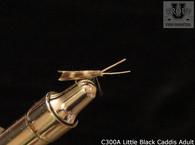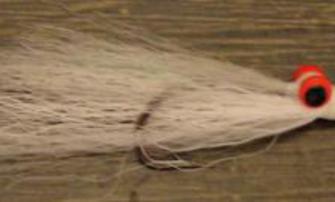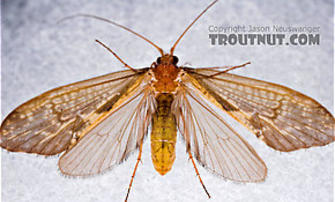About Trout Pro
Troutprostore is here to help you fish smarter by offering the most innovative and highest quality trout fishing products.
SSL Certified Safe & Secure
Social Media
Trout Pro uses a variety of social media to keep customers in the loop.














